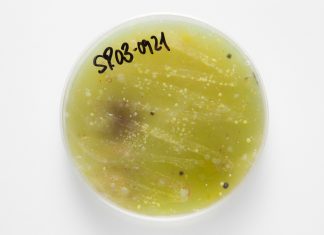The Agency will open new plasma centers in Nizhny Novgorod, Chuvashia, the Republic of Mari El, and the Perm Krai in the next two years. This will help to increase the volume of blood plasma harvesting, including for the production of domestic drugs and solving the issue of import dependence.
Russia’s plasma procurement for the production of drugs tripled in 2022, from 33,000 liters to 90,000 liters, and in 2023, according to Veronika Skvortsova, it is planned to increase the volume to 300,000 liters, and in 2024, to 600 tons. The volume of plasma harvesting is planned to reach 1.8 million liters per year by 2030.
“In 2023 [we plan to open plasma centers] in Nizhny Novgorod and the Chuvash Republic, and in 2024, in Mari El and Perm Krai,” our sourse in the agency said.
The head of the Federal Medical and Biological Agency noted that Russia is dependent on imported blood-derived products (albumins, immunoglobulins). In particular, until 2019, the total share of domestic plasma-derived medicines did not exceed 10% of the available demand. That means that the country has to achieve complete self-sufficiency in procuring whole blood and blood components, including plasma.
Earlier, it became known that the FMBA opened a plasma center in Basco business center in Kirov, to harvest blood and its components, including plasma, for clinical and industrial use. It is assumed that with the center in operation, plasma harvesting in the Kirov region will double.




